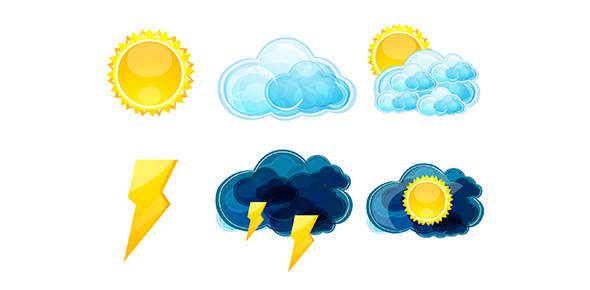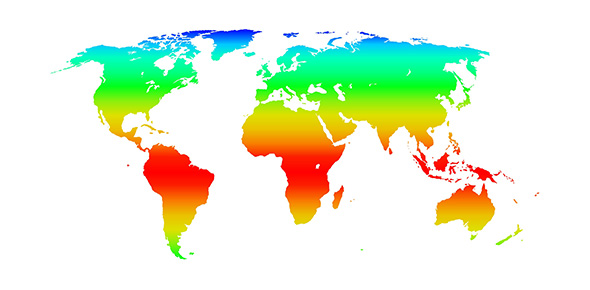Related Flashcards
Related Topics
Cards In This Set
| Front | Back |
|
Cohesion
|
The ability of water molecules to cling together due to hydrogen bonding.
|
|
Adhesion
|
The ability of water molecules to adhere to other surfaces.
|
|
Heat
|
Thermal energy in transfer from one body of matter to another.
|
|
Temperature
|
Represents the average kinetic energy of the molecules in a body of matter.
|
|
Thermal Energy
|
The kinetic energy associated with random motion of atoms or molecules.
|
|
Specific Heat
|
The amount of heat that must be absorbed or lost for 1 g of that substance to change its temperature by 1*C.
|
|
Heat of Vaporization
|
The heat a liquid must absorb for 1 g to be converted to gas.
|
|
Evaporative Cooling
|
The process when a liquid evaporates and its remaining surface cools.
|
|
Solution
|
Consists of a solvent and a solute.
|
|
Solvent
|
The most abundant part.
|
|
Solute
|
The less abundant part that is dissolved in the solvent.
|
|
Hydrophilic
|
Polar compounds that readily dissolve in water (Ex. salts, alcohol).
|
|
Hydrophobic
|
Non-polar compounds that dissolve only slightly in water (Ex. oils and fats).
|
|
Hydrogen Ion (H+)
|
What the hydrogen atom leaves its electron behind and is transferred as a proton.
|
|
Hydroxide Ion (OH-)
|
The molecule that lost the proton.
|






